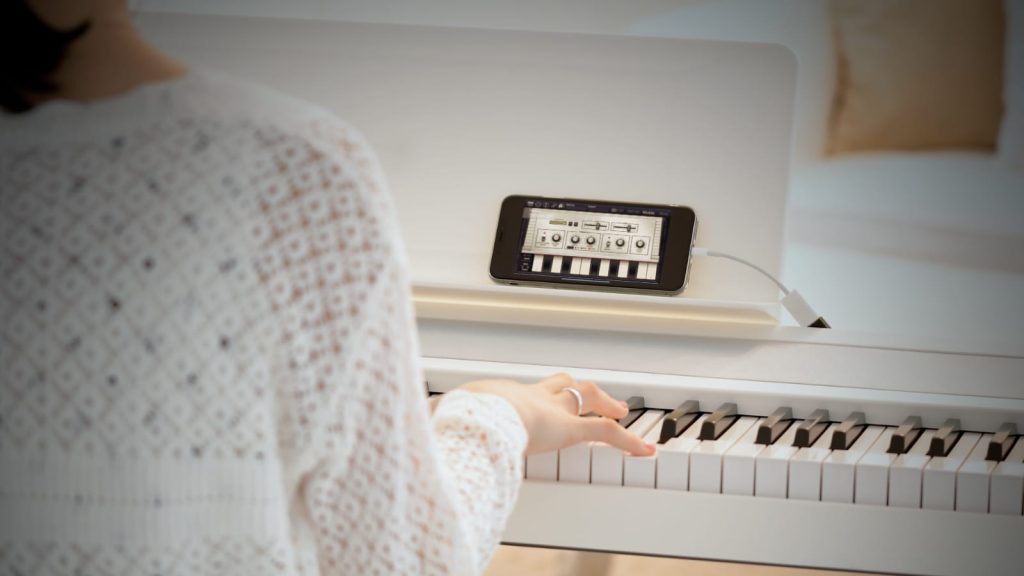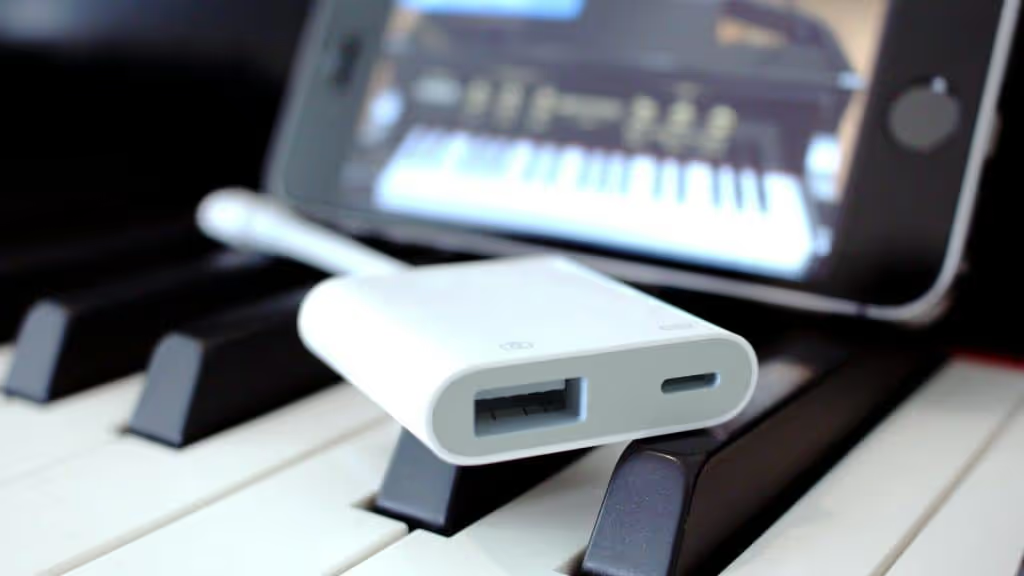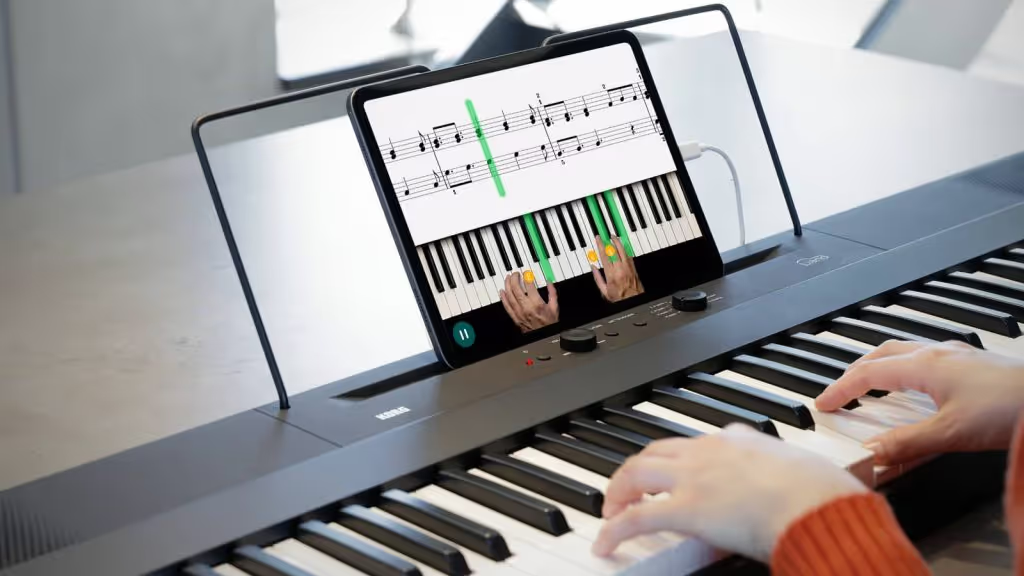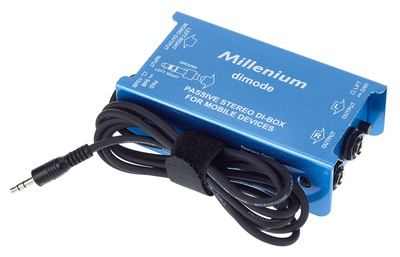What is possible with USB MIDI/Audio?
Learning the piano with a piano app, playing along to audio songs, taking online piano lessons, making music with a DAW app, or using your iPad as a piano module – all of these things are possible with USB MIDI alone. By now almost all digital pianos have this feature – so what’s the problem?
Problem #1
When you connect an electric piano to mobile devices via USB MIDI, you are working with two separate audio systems: While you hear the electric piano through its built-in speakers or headphones, the piano app plays through the speakers or headphones connected to the iPad.
As you can see, this calls for mixing two separate audio signals. You can connect the iPad and the digital piano to a mixer, or you can connect the audio output of the iPad to the audio input of the digital piano. With these connection options come the next problems…
- Problem #2: New iOS devices no longer have analog audio outputs.
- Problem #3: Not every digital piano has an audio input.
- Problem #4: Even if all analog connections are available, connecting the Camera Connection Kit, audio cables and power supplies can cause ground loops that need to be eliminated with a DI box.
If you have a digital piano with USB MIDI/Audio capability, you can save yourself all that cable clutter and money on accessories. If your piano only has USB MIDI as well as an audio input, the “dimode” stereo DI unit by Millenium is a good choice.








